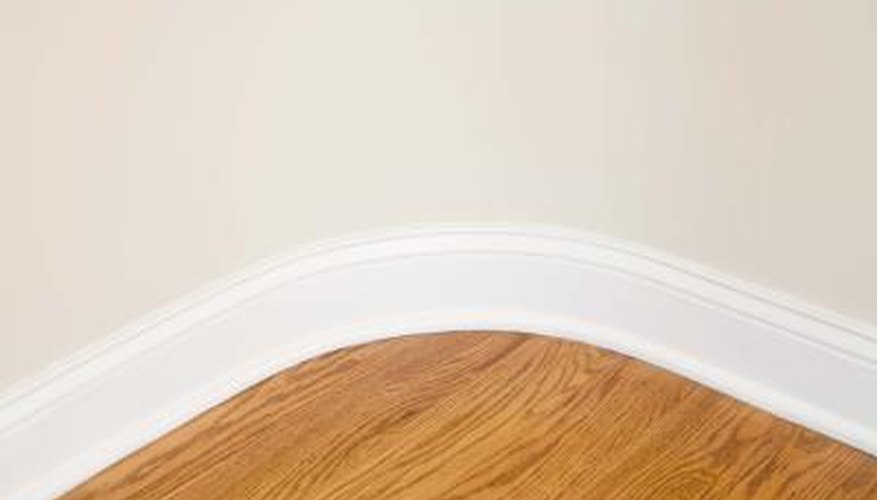Wood floor coating may bubble or blister due to a variety of reasons. The coating on the flooring is placed over wood to add shine and a layer of protection. The coating is a varnish that is wood tolerant, but may not be waterproof or adaptable to weather.
If water or excess heat forms in a room, the wood can warp, causing the coating to blister and form ugly bubbling and a waxy appearance.
Extreme Temperatures
A wood floor blisters when swollen areas of varnish take on the appearance of small bubbles; similar to what a blister looks like on human skin. Extreme temperatures, especially in warm southern climates, and lack of varnish causes blisters. Pinpoint holes in finish that was not properly applied can cause blistering. Blistering on a wood floor may also be caused by thinning solvent evaporating too quickly or trapped solvents in the finish adding to excessive build up.
- A wood floor blisters when swollen areas of varnish take on the appearance of small bubbles; similar to what a blister looks like on human skin.
- Blistering on a wood floor may also be caused by thinning solvent evaporating too quickly or trapped solvents in the finish adding to excessive build up.
Excess Gas in Manufacturing Process
From a manufacturing perspective, blistering on a wood floor is caused by gasses that become trapped during the manufacturing process of treated wood, causing blisters on the surface coating to form on the wood. These gasses become trapped in the substrate and are forced out through the coating if baked at too high a temperature.
Fast Evaperating Solvents
Lower temperature or slow-evaporating solvents may alleviate blistering in coating during the manufacturing process as opposed to fast-evaporating solvents. The solution for consumers and homeowners with blistering on their wood is to sand the wood, and varnish after original coating is removed using both a temperature-adaptable, waterproof varnish. A stain can be applied to wood after the varnish is sanded.
Low Melt Resin
Adding high-melting resin instead of low-melting resin to shellac before applying the shellac to wood may stabilise a varnish coating. High-melt resin may prevent the varnish from blistering or bubbling when dry. Homeowners should always use temperature-tolerant varnishing products when coating wood floors.
Paint Chemicals
Home and business owners need to take proper precautions when using certain paint chemicals or caustic beauty products. Flooring should be properly covered when working on home projects. Spilling caustic substances on a varnished wood floor may cause blistering or bubbling. A caustic substance would be any type of chemical that is acidic or that damages wood surface on exposure. Certain beauty products such as nail polish remover contains acetone, which may cause damage to a wood floor and its coating if spilt.
- Home and business owners need to take proper precautions when using certain paint chemicals or caustic beauty products.
- Certain beauty products such as nail polish remover contains acetone, which may cause damage to a wood floor and its coating if spilt.
